Welcome
Thanks for visiting Expat Heather! I’m an international educator, writer, and expat mom currently living in South Korea. On this site you’ll find things about living abroad, teaching in international schools, travel, hiking, and expat life.
Goseong county is located on the northeast coast of South Korea, in Gangwon province. While it may not feature on the usual “must see” lists for foreigners traveling in Korea, it’s been one of my favorite destinations. From beautiful lakes, to an array of 27 beaches, to DMZ tourism sites and funky cafes, Goseong is a place worth spending the time to explore. Here are my recommendations for things to do in Goseong, with or without kids! I’ve included Naver Maps links for locations.
DMZ Observatory
The demilitarized zone is an area between North and South Korea that was established in 1953 to separate the two countries. No military vehicles or personnel are allowed within this approximately 4km wide stretch of land. From the DMZ Observatory tower, you can see the borders and peer into North Korea. Be prepared for a short hike from the parking lot to the observation deck. Most tourists visit the DMZ north of Seoul, near Paju. This is a different part of the DMZ that aligns with the eastern coast. You need to apply for a permit to enter, but you can do it on the same day by visiting the nearby Civilian Control Line Certification Center.
Goseong Unification View Tower, 강원 고성군 현내면 통일전망대로 457, http://naver.me/xbBPjB1b
Unification Tower (Civilian Control Line Oe) Certification Center, 강원 고성군 현내면 금강산로 495, http://naver.me/GpNzQYSG
Hwajinpo Lake is the largest lagoon in South Korea. It is located in the northeast county of Goseong, just south of the DMZ in Gangwon province.
Why this Hike is Awesome
While Hwajinpo Lake does not have a hiking trail that goes around its 16km perimeter, it does have a wide and well-mainted bike trail with numerous stop off points to see the lake’s birds and aquatic life. I walked around the southern part of the lake on an early July morning, and was only passed by two bicycles. You can combine this hike with a dip at Hwajinpo Beach on the ocean side, or a visit to Hwajinpo Ecological Museum.
2020-2021 was our second academic year living in South Korea. I’ve renewed my contract, and we’re about to start our third year. It has been quite the ride with Covid-19 protocols dominating daily life. The school year was spent volleying between in-person, hybrid, and virtual learning.
The Korean government allowed students up to Grade 2 to go to school in-person in most cases, so Arianne had the majority of her learning on campus. She only had virtual learning in a few small bouts. Gabriel, being in 4th grade, was allowed on campus in a rotation. I think he had on-campus learning about 50% of the time, but most of the rest of the time he was able to be on campus as a faculty kid, doing his virtual learning with staff support. Overall, it was a much more predictable learning experience than the spring of 2020 when the pandemic first hit Korea.
Paraeso Falls is about 45 minutes to an hour drive outside Ulsan city, South Korea. If you’re looking for a short hike with great views throughout, this is a perfect Ulsan day trip.
Why this Hike is Awesome
In just 90 minutes, we were able to see three separate waterfalls and enjoy beautiful views of the surrounding valley. The hike is not long, but the terrain is varied. You can continue past Paraeso Waterfall into the mountains to some wild camping sites, or make this a longer hiking day by adding on the Sinbulsan peak ascent. The waterfall will look different in each season; we definitely want to come back in winter when it’s frozen.
Chilpo Beach is a white stretch of sand about a 30-minute drive (13 km) north of Pohang’s downtown area. It’s less crowded than the popular Yeongildae Beach and annually hosts a jazz festival in summer.
This is my first post in attempting to review beaches from a parenting perspective, so feel free to suggest other review categories!
Access
Chilpo Beach is in an isolated and quiet area. You can park very close to the beach on a non-crowded day, and there are large parking lots all around. It’s not too much of a slog from the car, laden with all your beach gear, to the shore. A growing pine forest lines the beach.
We did end up walking longer in the hot sand than expected, as the part of the beach nearest the public toilets was being used for fishing and lobster traps. We walked all the way to the northern end of the beach and set up there.
Facilities
The public toilet is located toward the middle of the beach. There is a health center at the northern end, but it was locked and the toilets were not open. It did, however, have running water to wash your feet on the way out. The cabins of Pine Hotel line the beach. The only thing immediately adjacent to the beach other than the hotel is parking lots. Some convenience stores and coffee shops may open up in the official summer season but were closed when we visited in early July.
Camping
People were set up camping at the northern and southern ends of the beach, under the pine groves. It didn’t look like official sites, just a come and claim situation. If you’d be happy camping directly on the beach, you could get more privacy.
Safety
The most important thing about a beach to me is how practical it is as a parent. I’m not one who just enjoys sitting on a beach, I endure it because I see the joy my kids have when playing in the waves and the sand. Being on the east coast and not protected by a bay, Chilpo Beach has a decent amount of surf. The safest thing for the kids was to jump in the waves without going too deep in the water. We didn’t see anyone actually swimming, but several families with young kids came out to wade in the surf.
Fishermen held claim to much of the beach, so we had to find a spot where nobody was casting a line or had set up traps. I wouldn’t have gone completely in the water here, as it seemed to drop off quickly and the surf was rough, but the kids had a few hours of fun getting totally wet anyway.
Cleanliness
Without any natural protection, Chilpo Beach gets all the trash that the ocean has to give back to us. The beach was mostly clean, and trash all looked to have washed up recently, not been sitting on the beach for weeks or longer. During the two hours we spent there, things kept washing up: a large rope, take out containers, plastic bags, a basket. It was a bit disconcerting as it all floated in on beds of seaweed. However, the sand itself was clean and we didn’t see any sharp objects on things to be particularly wary of.
Scenery
You see mostly open sea, a few lighthouses in the distance, a pretty seaside trail along cliffs, and some rigs in the distance. Overall, it had a wilder feel than the beaches closer to Pohang, which feel like they are in the middle of an industrial complex. This beach is surrounded by pine forests, and you can see paragliders overhead. Some even land on the beach.
Shell Collecting
This wasn’t a great beach for shell collecting. If we come again, we’ll bring trash collecting gear instead!
Relaxability
On a scale of 5, with 5 being the calm, clear waters where the kids can wade out forever, nobody is bothering you, it’s quiet, and you might actually read a book, and 1 being surf too rough to let the kids near the water, non-stop hustling, and a general sense of “Why did I bring my kids here?” Chilpo Beach makes a 4. The kids could not go deep in the water, and I had to keep a constant eye on them, but it was really quiet and we had plenty of space to ourselves.
If I hadn’t been the only adult, I could have definitely taken a nap!
It was also nice to not have to walk too far to the car or the toilet, and to have an easy way to wash off some sandy feet before getting back in the car.
Overall – 3 out of 5 Stars
I won’t say it’s our favorite beach, but the kids had been asking for bigger waves and Chilpo allowed them to play in bigger waves and stay safe. If we humans could stop using so much single-use plastics which get thrown into the ocean, the rating would be a 4. I do worry about how much more prevalent it is now to see plastics washing in on wild beaches, and I feel conflicted. We want our children to experience nature, untouched and beautiful, but we also want them to know the truth of what’s happening to our world and why.
My kids showed they have a well of emotion big enough to experience the joy of the waves, and the grief of the trash. My daughter kept asking, “Doesn’t this make you sad?” with real pain in her eyes, and then a few minutes later, running out to build a sand castle. We spent two years in India, not finding any beach as clean as Chilpo Beach, and these experiences inform our discussions. I too need to make room for the conflicting emotions as I seek to promote climate action, enjoy nature, and keep children safe.



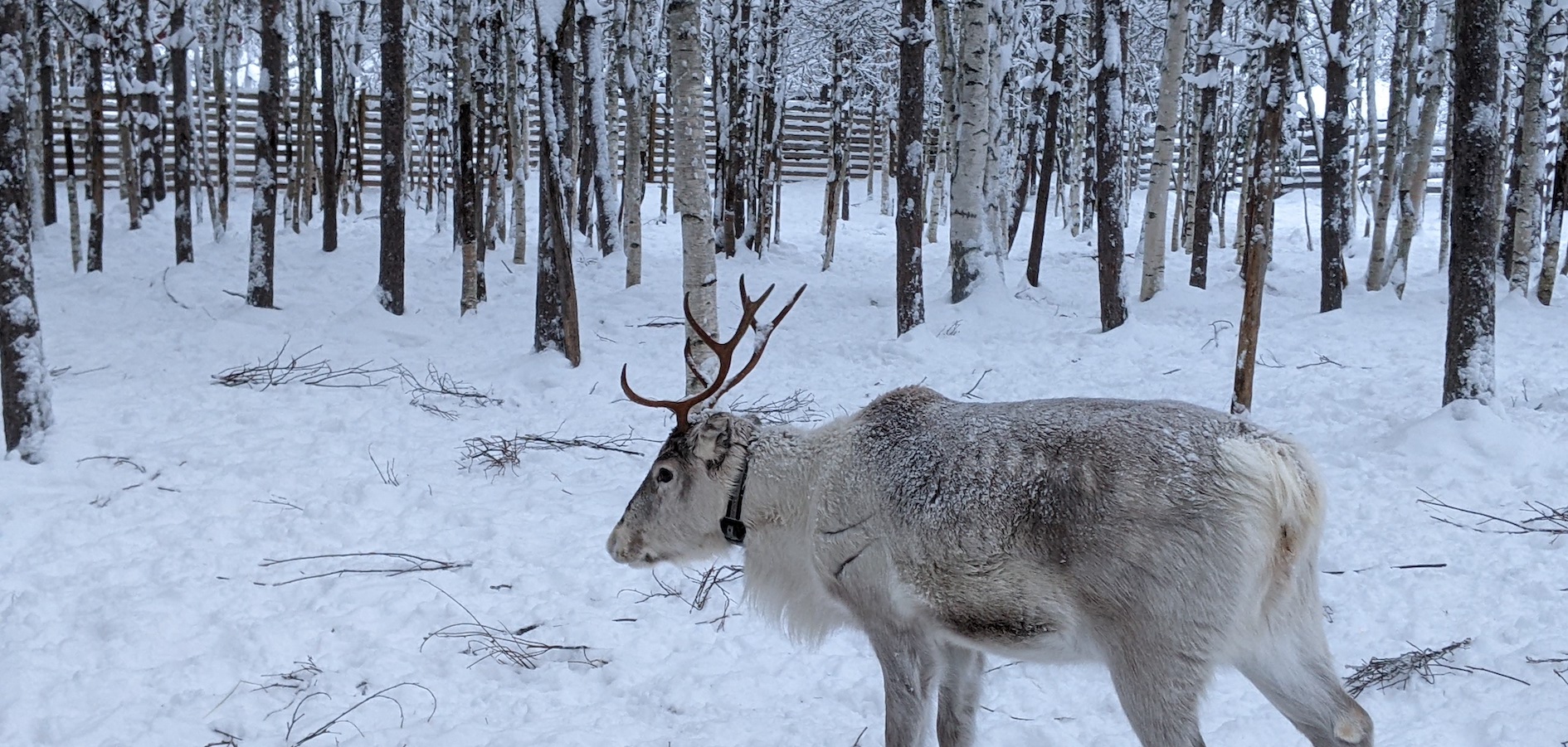
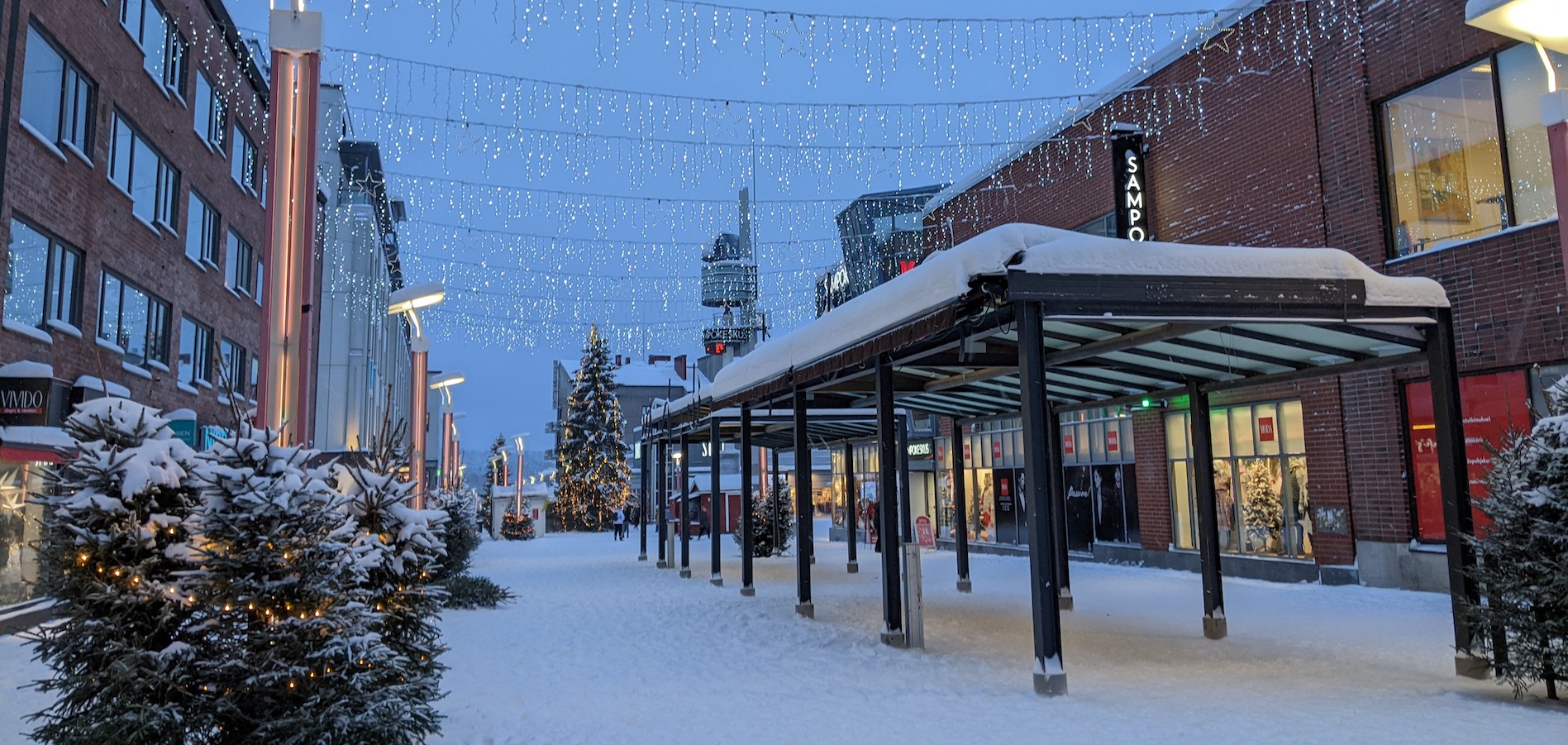

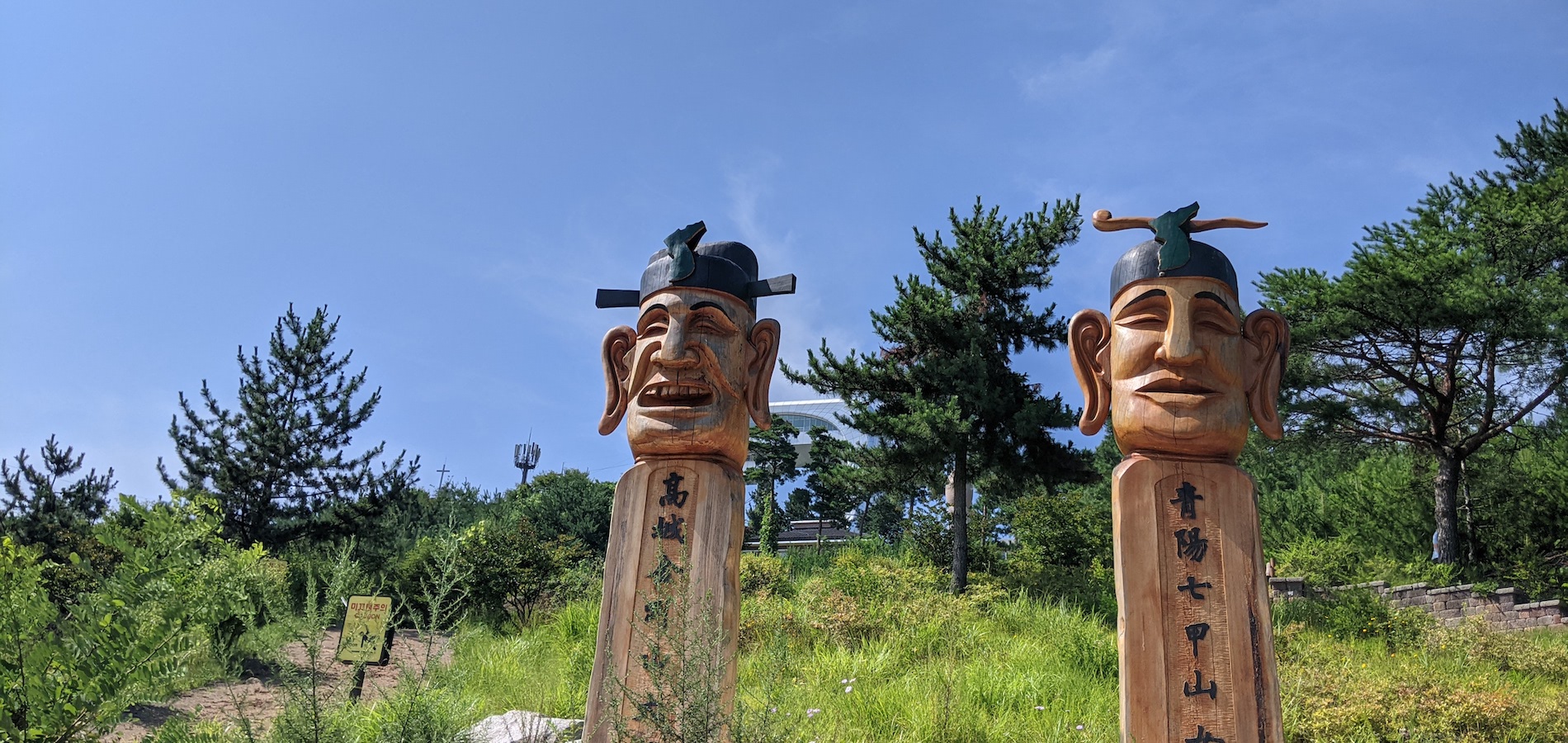
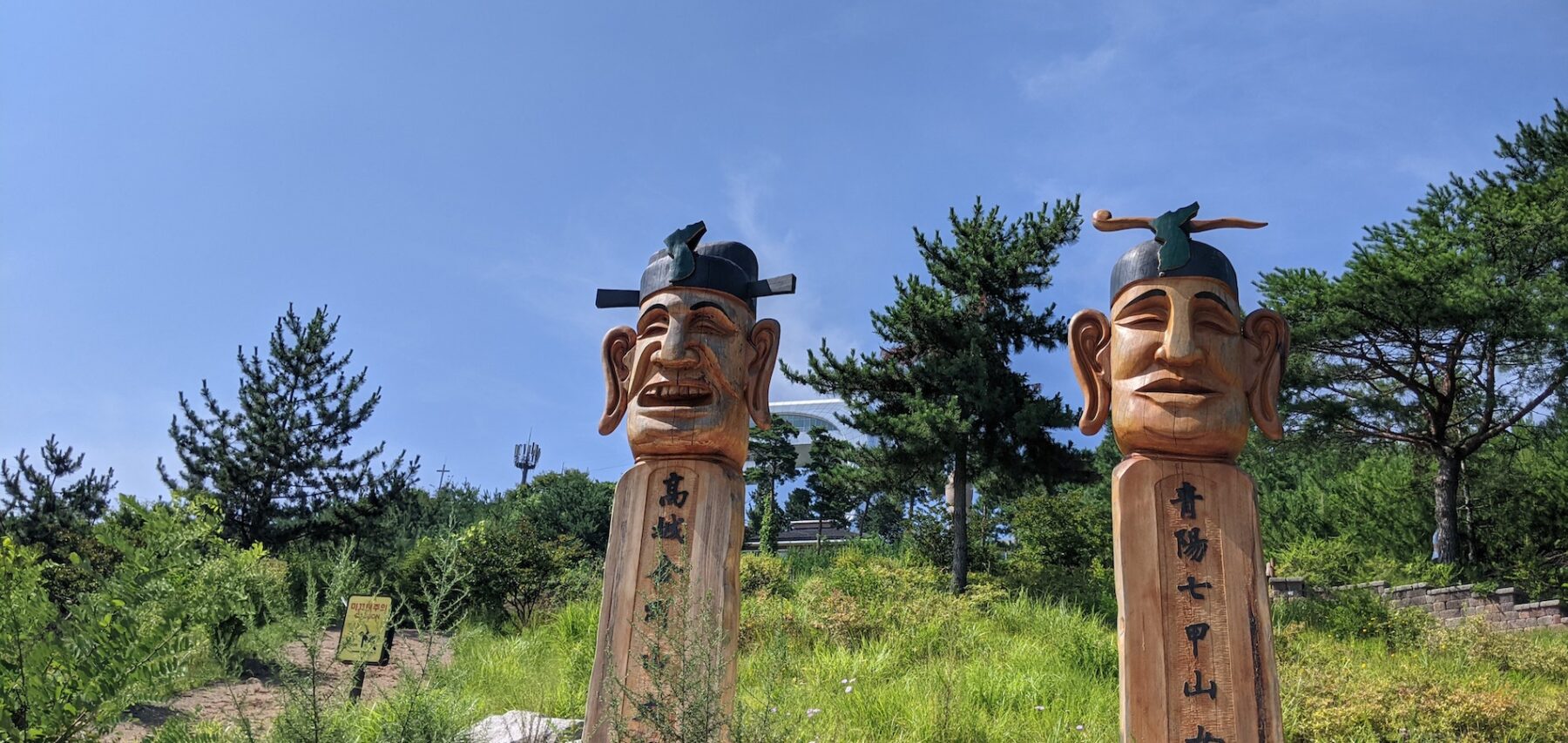
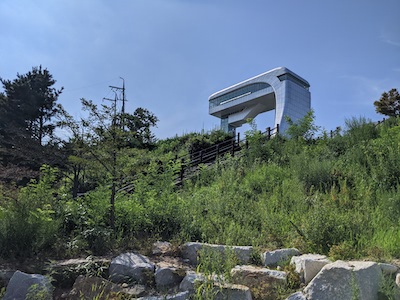
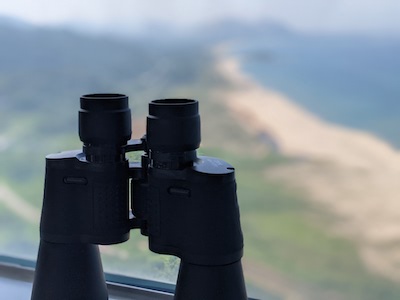
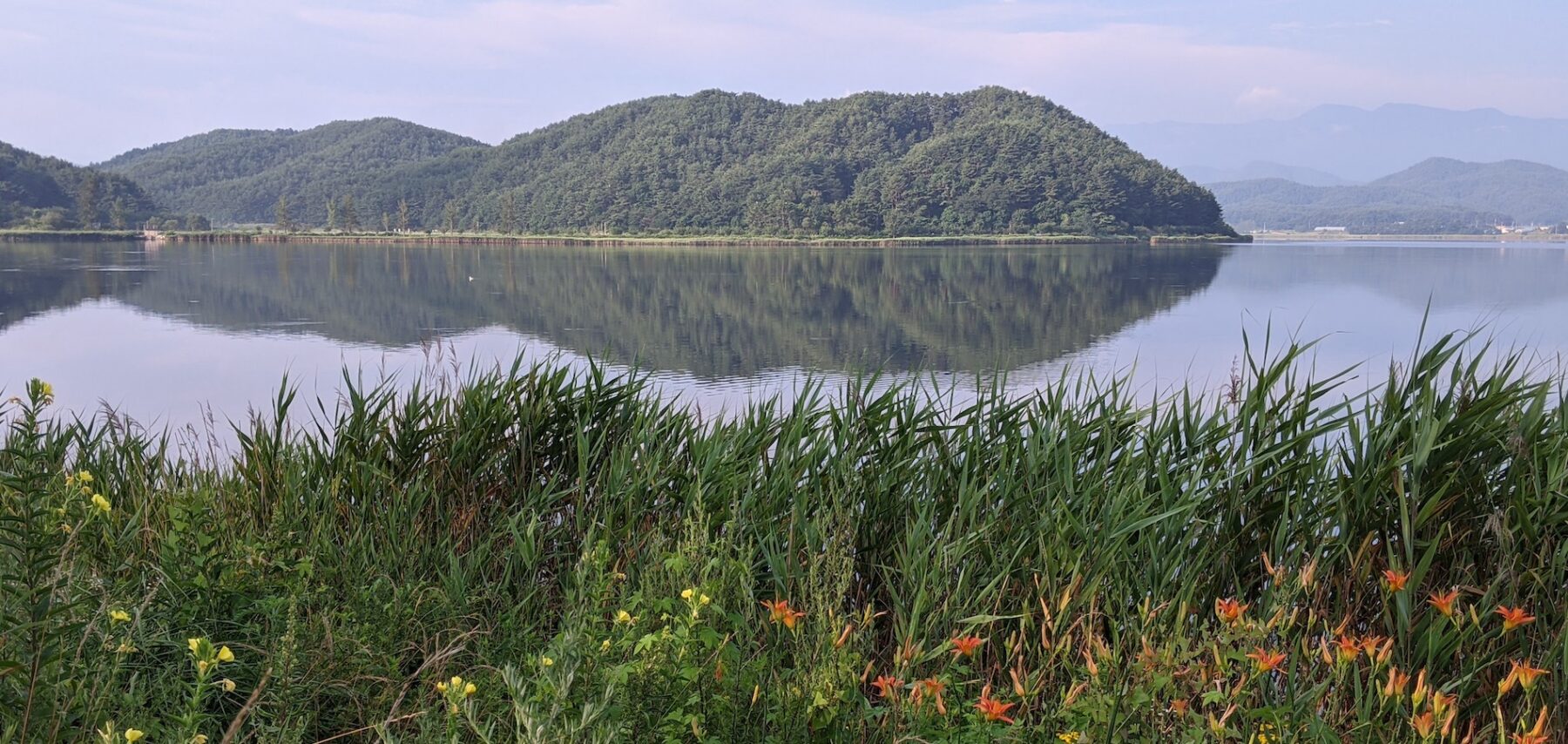
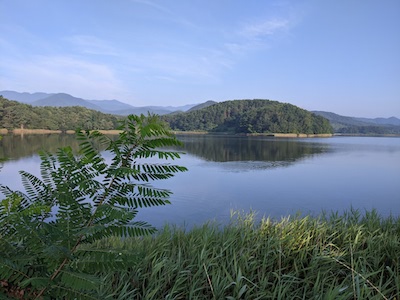

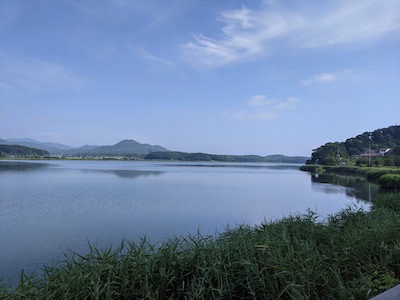

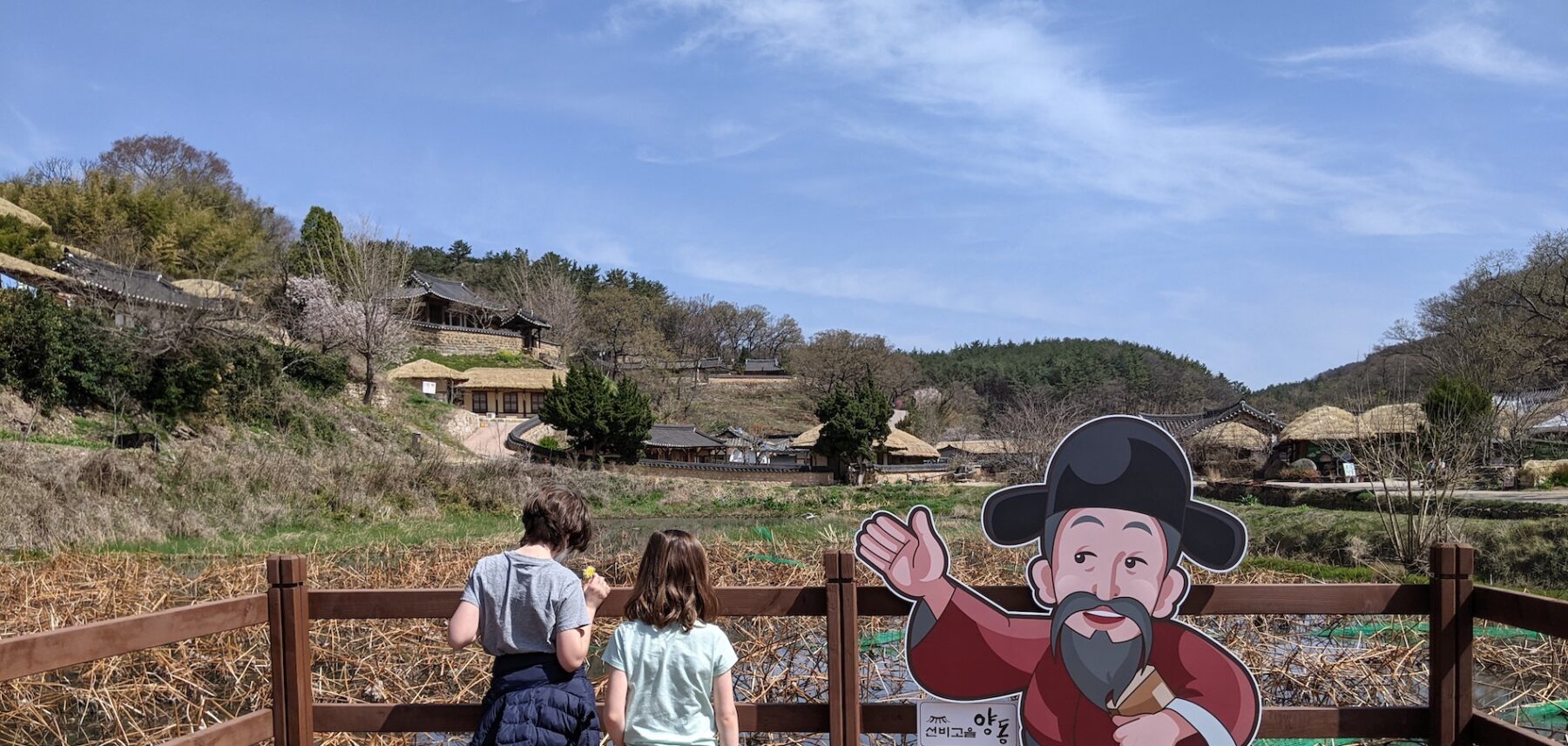
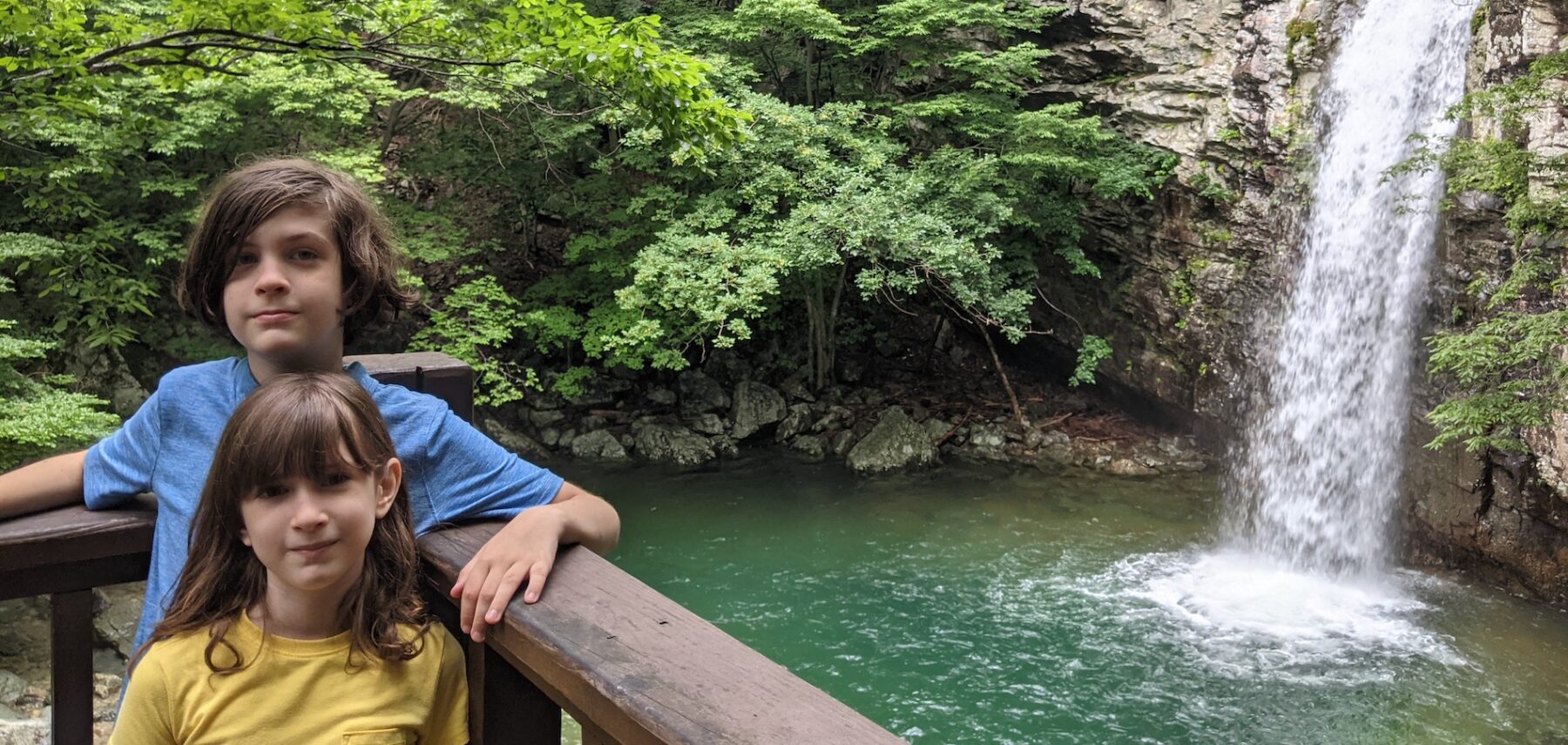
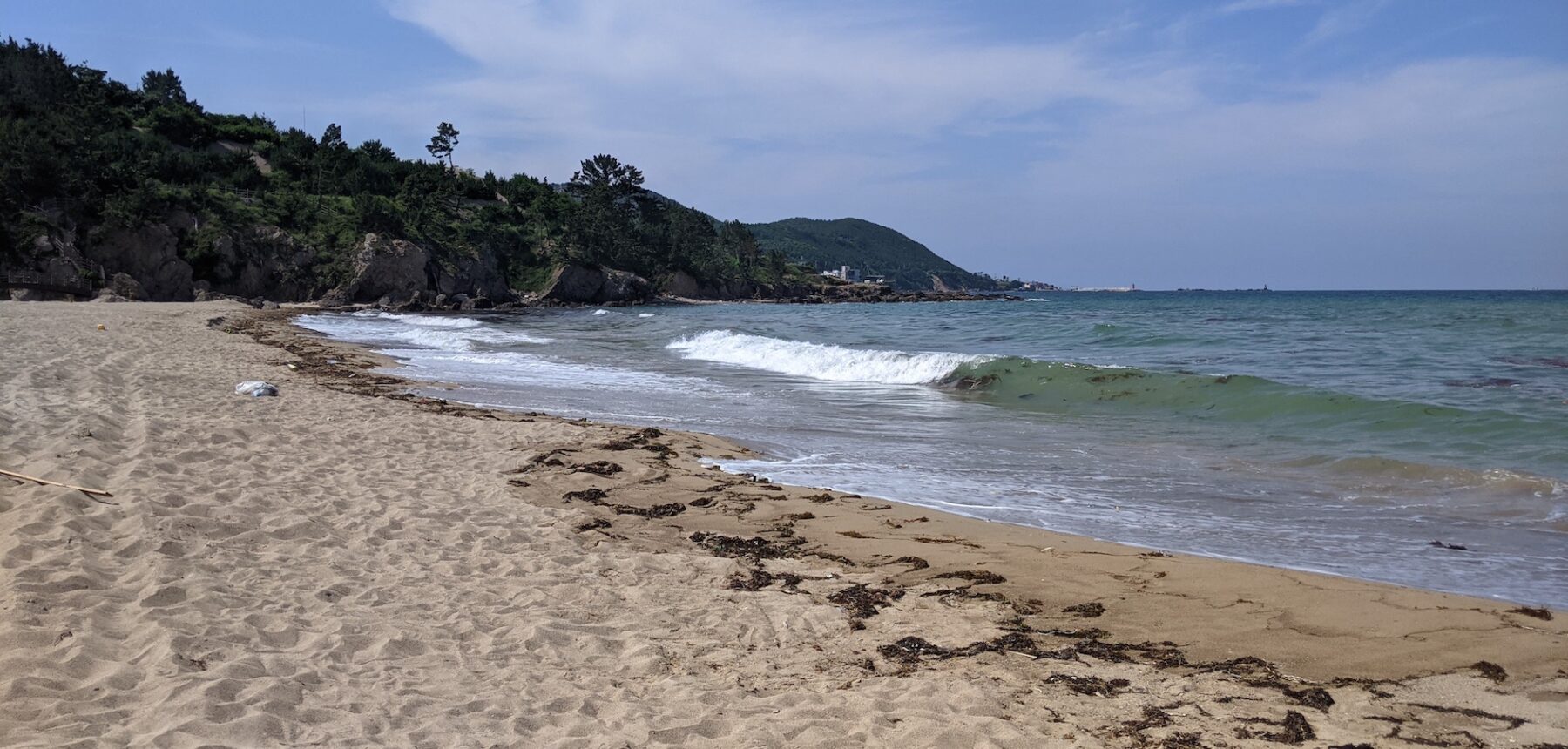

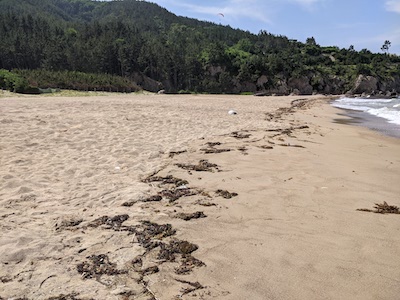
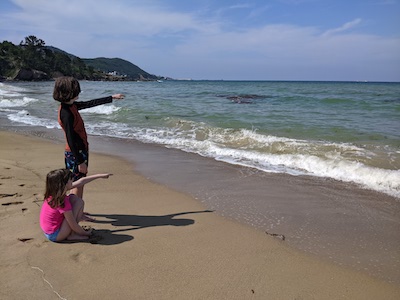


Recent Comments